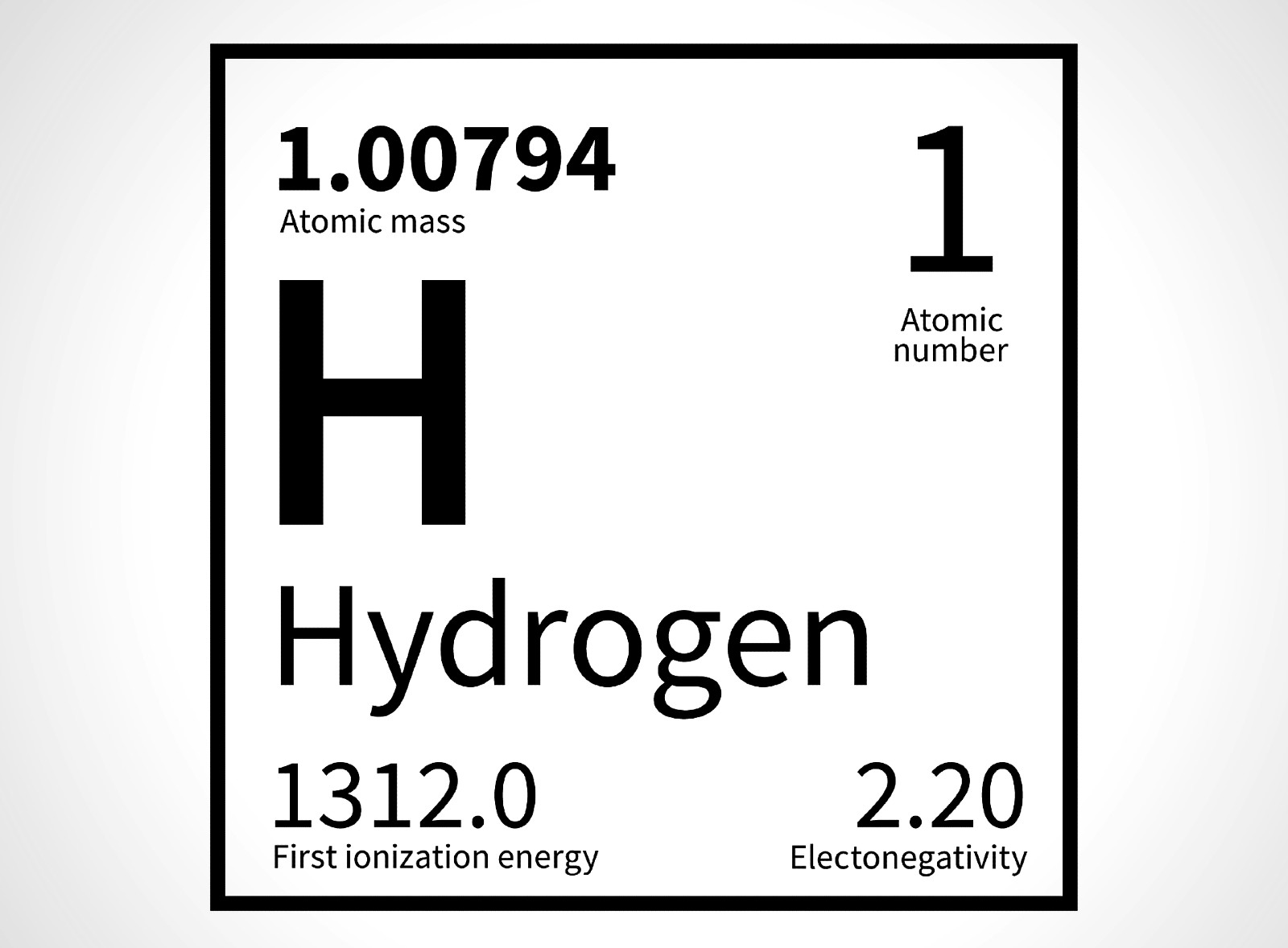- cross-posted to:
- [email protected]
- [email protected]
- cross-posted to:
- [email protected]
- [email protected]
This is the best summary I could come up with:
We already had plenty of wireless protocols for most use cases — Zigbee for lighting, Z-Wave for security systems, Bluetooth for proximity control of devices like locks, and Wi-Fi for high-bandwidth needs such as cameras.
But while the open-sourced Thread protocol does have compelling features (see sidebar), its rollout as part of the major shift Matter is trying to make in our smart homes needed to be better.
“The platforms have yet to agree on a standardized way to share Thread credentials amongst each other,” Stefan Bauer-Schwan of smart home device maker Eve Systems tells me.
Nanoleaf has updated its border-router-capable lighting panels to support joining existing Thread networks, and Amazon’s Thread-capable Eero Wi-Fi routers are on 1.3.0.
“The Thread Group is working with the industry on best practices for identifying when a given network should change its configuration and how to enable users to easily do so without disruption to their existing setup,” he said.
So, while you might get a robust Thread network if you have all HomePods and Apple TVs and Google Nest devices that were set up on iOS, or all SmartThings hubs, or all Amazon’s border routers, you can’t easily mix and match — yet.
I’m a bot and I’m open source!
These sum up bots are great, no need to even visit the site. I know it may not be great for the website owner but we are just a few users anyway.
They are a net gain to the site owner IMO. Years ago you could make a case for cutting into ad revenue, but in this day and age it’s hard enough to be discoverable to generate any in the first place. Sites with high SEO are swollen with ads and fluff and useless. Nowadays I’m just glad to see something I wrote about or compiled spur healthy interactions and on page 1 of search engines.
That includes making third party dissemination easier. Perhaps I come away knowing and remembering more because of a bot’s concision. Maybe that makes me more likely to share your unique idea with others IRL. I dunno
deleted by creator
I read this as “Why Threads is Meta’s biggest problem right now” and got really confused at first
Same, then I read it as “Why Threads is Matter’s biggest problem right now” and was even more confused
Why is this posted to the android community and not the Home Assistant (or other home automation) community? Thread/Matter have nothing to do with Android or smartphones
As the article states
the main Matter platforms — Apple, Google, Amazon, and Samsung
So probably because of their involvement
Homekit, Nest, Alexa, SmartThings not iOS, Android, FireOS, Android(OneUI?).
I’m not really upset by it but more just curious because it’s such an odd choice.
Feels like I’ve been waiting forever for just a thread+matter light switch. It doesn’t even need to be a border router or anything, just something to upgrade to that doesn’t rely on wifi or the Internet to work.
After looking into z-wave and zigbee and having installed a lot of wifi devices, I also decided to wait for Matter. I’ve been pretty disappointed in the reviews I’ve seen, and the range of devices is really limited. I’m starting to wonder if I should just give up and go with Z-wave.
Just go with Zigbee and Zwave for now. Zigbee devices are dirt cheap and while there are plenty of compatibility issues, it mostly all works well. I’d recommend googling a product before you buy it to see if others have any issues with it and have discovered solutions.
Z-wave is more solid in my experience but comes with a greater product cost.
I guess I’m trying my best to future-proof when I start buying new devices. I have a ton of those Kasa smart switches, but they are wifi and require the Internet to be controlled via home automation.
It feels like we’re in a weird holding pattern waiting for this unifying standard that has been extremely slow to roll out.
Just like with PCs, there is always something better on the horizon so there’s no point in waiting forever. In 4 or 5 (or 10) years when/if this becomes more ubiquitous, a lot of these devices will be due for an upgrade or replacement anyway.
I have a few Zooz Z-wave wall switches that are feature rich and have given zero issues since day one. Zigbee is mostly Aqara and Ikea and the Ikea stuff has been pretty temperamental but works 99.9% of the time now that they’re all set up. I own a couple Kasa RGBW lightbulbs and they constantly drop off the network to the point that I can only use them with the traditional wall switch, so I definitely understand your pain here.
I think it highlights how much data these iot companies are attempting to collect, and is tied to their planned monetization. They don’t want to make Matter devices.
I don’t understand why smart devices don’t all just use wifi. What problems are these competing standards solving?
Typically WiFi is much higher power than the alternatives, causing anything on a battery to have shorter lifespans between recharges
Wifi congestion for one. The other issue is a lot of people don’t want these devices on the Internet. Don’t want them phoning home with your personal data. Don’t want them to stop working just because your ISP sucks. Z-wave, Zigbee, and Threads/Matter keeps it local, is faster, and is more reliable.
Zigbee mostly uses 2.4Ghz, so it’s not helping remove congestion from that band anyways but I guess the other protocols do. Can’t the devices phone home as soon as they’re connected to a hub that’s internet connected? Even if the hub has to cooperate with the device, they’re made by the same manufacturers so I wouldn’t trust tleither of them.
With wifi I can spin up a separate iot vlan that cannot access the internet. That vlan doesn’t require my ISP, it’s entirely local. I get to control exactly who connects and even who they connect with. I don’t see that same control with the alternatives.
I guess I do see an argument for very low power devices using a lower power protocol, but I guess I just don’t have any of those devices so it hasn’t been an issue for me. And like you said traffic congestion is a valid problem, I’ve just never experienced it.
ZigBee devices are often able to be used with a 3rd party hub. For instance, all the IKEA stuff works with any standard ZigBee hub. They don’t have a line to the internet if you control the hub.
And a lot of hubs are USB sticks that plug into your home automation system. They’d have to navigate that system to get to the internet. Not impossible, but highly unlikely.








